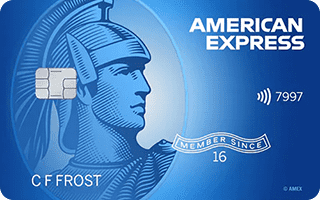Both the Capital One Quicksilver Cash Rewards Credit Card and the Blue Cash Everyday® Card from American Express are strong contenders in the cash back category, offering no annual fees and enticing introductory APR offers. But the Quicksilver edges ahead with its higher cash back score and the simplicity of its rewards program, offering unlimited 1.5% cash back on all purchases.
Although the Blue Cash Everyday offers a higher cash back rate in specific categories like supermarkets and gas stations, the Quicksilver's flat-rate reward structure may be more beneficial for those who value simplicity and consistent rewards across all spending. Nonetheless, the Blue Cash Everyday card remains a competitive option, especially if you spend heavily in its bonus categories.














